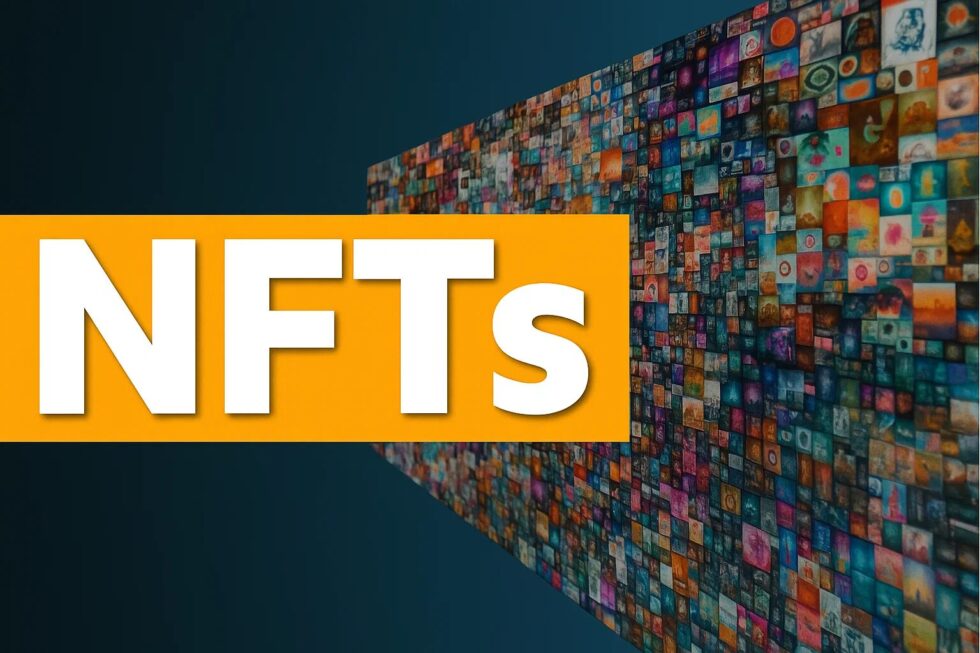What is NFT and how do German artists sell their digital art successfully on blockchain in 2025

NFT (non-fungible token) has become a central concept in the global art market, transforming how digital artworks are owned, sold, and valued. In Germany, NFT sales have grown significantly in 2025, driven by both established galleries and independent artists leveraging blockchain to reach global audiences. According to the German Art Market Report 2025, NFT-based art sales in the country have increased by 28% year-on-year, with Berlin, Hamburg, and Munich emerging as key hubs for digital art innovation. Blockchain platforms provide verifiable proof of ownership and authenticity, making them appealing to collectors who seek transparency and scarcity in a digital world. For artists, NFTs open the door to royalties on secondary sales, a feature traditional markets often lack. This combination of technology and creativity is shaping a new, sustainable revenue stream for many German creators. This is reported by G.business.
Understanding NFT and its role in the art market
An NFT is a unique cryptographic token stored on a blockchain, representing ownership of a digital asset such as artwork, music, video, or even 3D models. Unlike cryptocurrencies like Bitcoin, NFTs are non-interchangeable — each token holds distinct information and cannot be replicated. In 2025, Ethereum remains the most used blockchain for NFTs, but German artists increasingly explore eco-friendly alternatives such as Polygon and Tezos due to lower transaction fees and reduced environmental impact. NFTs have gained legitimacy in Germany thanks to exhibitions in institutions like the Berlinische Galerie and events such as Art Cologne introducing NFT sections. These developments help bridge the gap between traditional collectors and the emerging digital-native audience.
Key elements that make NFTs valuable:
- Proven authenticity through blockchain records.
- Limited supply, often issued in single editions or small series.
- Embedded royalties ensuring income from future resales.
- Global accessibility without intermediaries.
How German artists are entering the NFT space in 2025
German creators are increasingly using NFT marketplaces to showcase and monetize their work. Popular platforms include OpenSea, Rarible, and German-focused options like Feral File DE. Many artists are also building personal smart contracts, giving them more control over pricing and distribution. In 2025, an emerging trend is the integration of NFTs into mixed-reality exhibitions — galleries in Berlin Mitte and Hamburg’s Speicherstadt are combining physical installations with NFT drops. Artists are advised to build a clear brand presence on social media channels such as Instagram, TikTok, and Discord to connect with collectors before launching their NFT collections.
Steps for artists to start selling NFTs:
- Select the right blockchain (Ethereum, Polygon, Tezos).
- Create a digital wallet (e.g., MetaMask) and secure it with two-factor authentication.
- Prepare high-quality digital files of the artwork.
- Mint the NFT on a chosen marketplace.
- Promote the drop via targeted online campaigns.
Pricing strategies for NFT art in Germany
In 2025, pricing NFT art involves balancing exclusivity with accessibility. Newcomers are often advised to start with lower prices (0.05–0.2 ETH, approx. €90–€360) to attract early collectors and build reputation. Established artists can command higher prices, especially when offering limited editions with additional perks, such as access to private exhibitions or signed physical prints. German marketplaces often recommend tiered pricing — initial sales at entry-level prices, followed by premium releases for loyal collectors. Artists also benefit from dynamic pricing models, where prices increase after a set number of pieces sell.
Example of NFT price tiers in 2025:
| Artist level | Price per NFT (ETH) | Approx. price in € |
|---|---|---|
| Emerging artist | 0.05 – 0.2 | €90 – €360 |
| Mid-career artist | 0.2 – 0.5 | €360 – €900 |
| Established name | 0.5 – 2.0 | €900 – €3,600 |
Legal and tax considerations for NFT artists in Germany
Selling NFTs in Germany is subject to specific tax regulations. Income from NFT sales is typically treated as self-employed income and must be declared for income tax purposes. Additionally, NFTs may be subject to VAT if sold to EU customers. Artists are encouraged to keep detailed transaction records, including blockchain addresses, sale prices, and gas fees, to ensure compliance with the German tax office (Finanzamt). Copyright remains with the creator unless explicitly transferred, meaning that selling an NFT does not automatically grant full intellectual property rights to the buyer. Consulting with a tax advisor familiar with cryptocurrency regulations can help avoid costly mistakes.
Successful case studies of German NFT artists in 2025
Several German artists have achieved notable success selling NFTs in 2025. For example, Berlin-based illustrator Lena Schwarz sold a series of animated cityscapes for 1.5 ETH each, generating €45,000 in revenue within a month. In Hamburg, digital sculptor Markus Voss partnered with a local gallery to create an immersive VR-NFT exhibition, attracting both traditional art buyers and blockchain enthusiasts. These examples highlight the importance of combining strong artistic identity with strategic use of technology and community building.
NFTs are no longer a niche phenomenon — in Germany’s 2025 art market, they have become a legitimate channel for creative and financial growth. By understanding the technology, choosing the right platforms, adopting flexible pricing strategies, and complying with legal requirements, German artists can turn their digital works into profitable, globally recognized assets. The fusion of art and blockchain offers not only new revenue opportunities but also a way to connect directly with audiences worldwide. For artists willing to embrace both creativity and technology, the NFT market in 2025 is a space full of potential.
Latest events in politics and global economy at Cryptonews – practical tips on how to act and invest. Read: How to buy and sell Bitcoin legally in Germany in 2025 with full compliance to BaFin rules